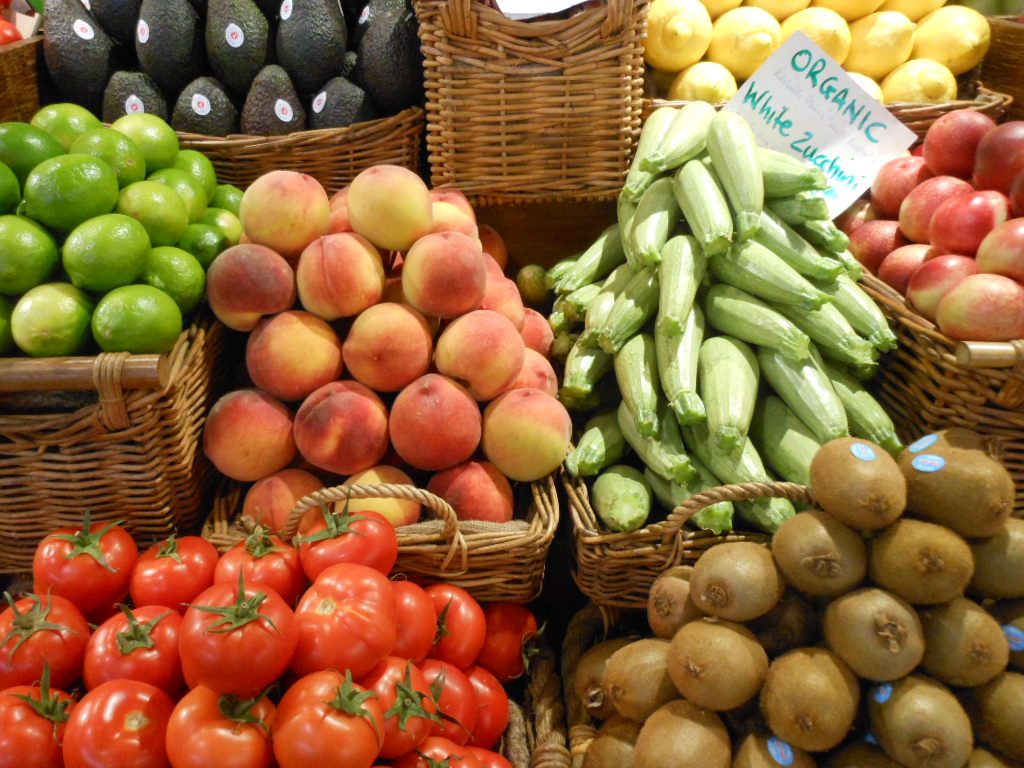It’s a term that we’ll hear branded about all of the time, but ask most people what ‘organic food’ really means and you’ll probably be met with a lot of blank faces.
Part of this is probably down to the stores themselves. The labelling has become difficult to say the least and means that there is certainly an element of confusion amongst customers.

We were recently reading the views of Bennett Kireker and the debate regarding the health benefits of organic foods is also an interesting one. However, to give a clearer picture to all, we’re now going to mull over the big difference between organic and non-organic foods to show just what you should be turning to next time you head for the grocery store.
How are both types of food grown?
In the case of organic foods, these will be grown with natural fertilizers like manure and compost. This is perhaps one of the biggest advantages of organic foods, as anything that isn’t labelled with this tag will have probably been grown with synthetic fertilizers which contain umpteen chemicals.
It’s also worth mentioning the weed-control factor here. This is something that can hinder the growth of produce and in the case of organic foods a lot of work goes into preventing the growth of them. Techniques such as crop rotation, tilling, mulching and hand weeding are all used – methods which are time intensive but don’t involve any harmful substances. This is in complete contrast to non-organic foods, whereby the weeds tend to be managed with chemicals.
Similarly, there’s a major difference with how pests are controlled. This is another area which is difficult to manage for a lot of farmers and in the case of organic food, natural methods involving birds, insects and traps will attempt to control the pests. As you have probably gathered by now, this isn’t the case with non-organic foods, where synthetic substances are turned to.
What about eggs, meat and dairy?
So far, we’ve just looked at organic produce. In the case of meat, eggs and dairy, similar principles are used though.
It’s something of a big circle in relation to feeding as well, with livestock being provided organic food to consume. In the case of conventional eggs, meat and dairy, these animals will usually be provided non-organic food. There are sometimes cases of these animals being provided with growth hormones to make the process more efficient for the industry as well – although this won’t happen with every farm.
Disease management is an interesting topic as well. This is something that will vary widely between farms, although in the case of organic farms techniques such as rotational grazing and clean housing will be relied on to prevent the spread of disease. With non-organic foods, the same might occur, but a lot of the time antibiotics are relied on to manage diseases.
Finally, if you turn to organic food the animals will always have access to the outdoors – they won’t be caged. Again, this is something that might occur on some non-organic farms anyway, but at the same time it’s not a requirement.